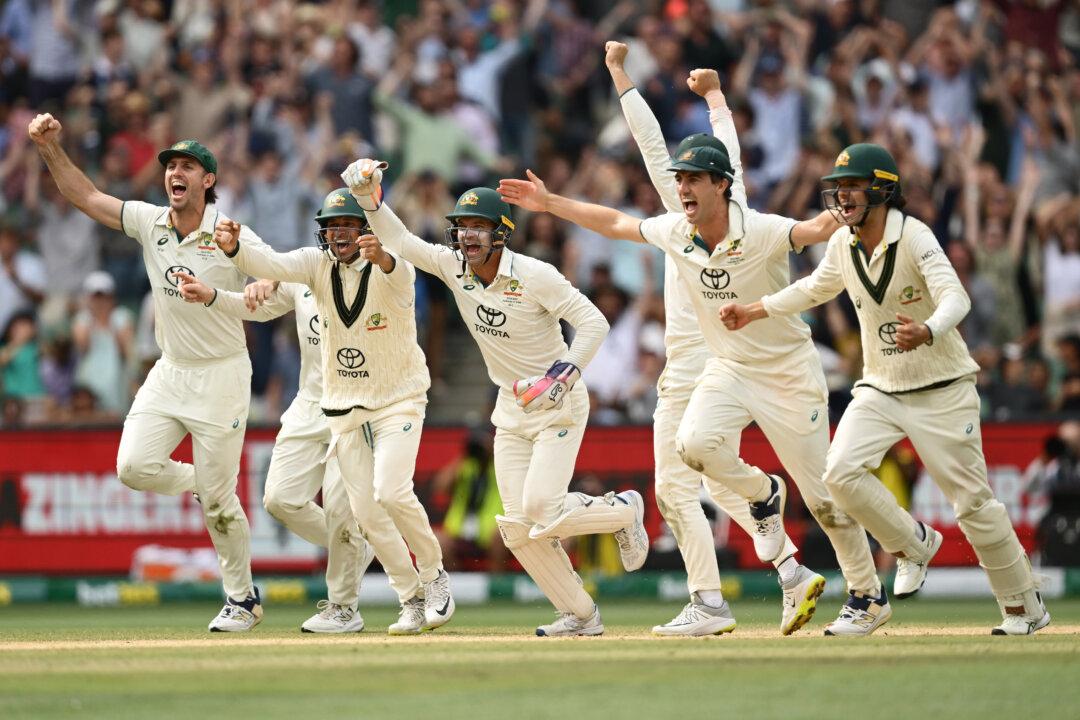New COVID-19 rules have come into force in South Australia with the state moving to rely more heavily on rapid antigen tests.
From Thursday, all close contacts of positive cases will only need to do a RAT rather than line up for a PCR swab.
But anyone who tests positive will be required to report the result through an online system. Failure to report could result in a $1000 fine.
Premier Steven Marshall said the rules were about getting as much real data into the system as possible to help model the likely trajectory of the current virus outbreak.
“We’re keen to track every single one of those results,” Marshall said.

“While we think that 95 per cent of people would do the right thing, getting as many positive results into the system just improves that data.”
Close contacts will be provided with two free RATs which they should use on days one and six while isolating.
The tests will initially be provided through one site established in the Adelaide parklands but more locations will follow.
The parklands site will have the capacity to handle about 13,000 people a day.
With rapid antigen tests in short supply in the wider community, there have been suggestions some people who are not close contacts will take advantage of the system to stockpile kits.
But Marshall said officials would continually monitor the demand and compare it to the number of cases being detected.
“We'll look at those numbers very carefully. We can see what the new infection rates are and we can work out whether we’ve got approximately the same number of close contacts,” he said.





